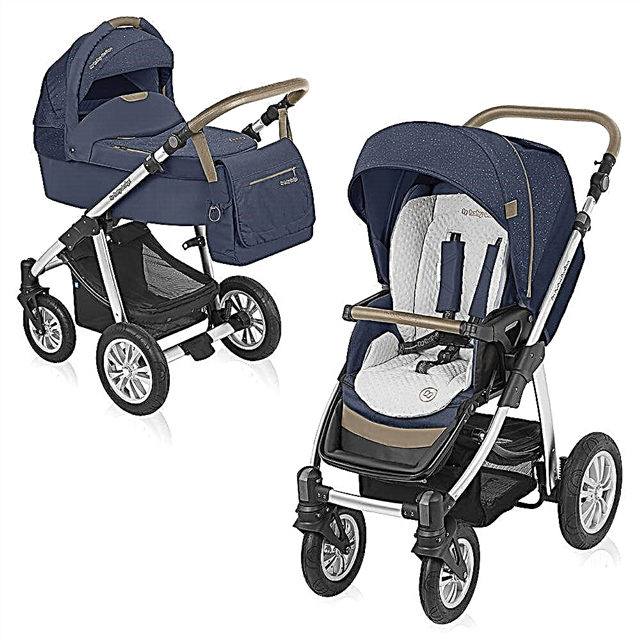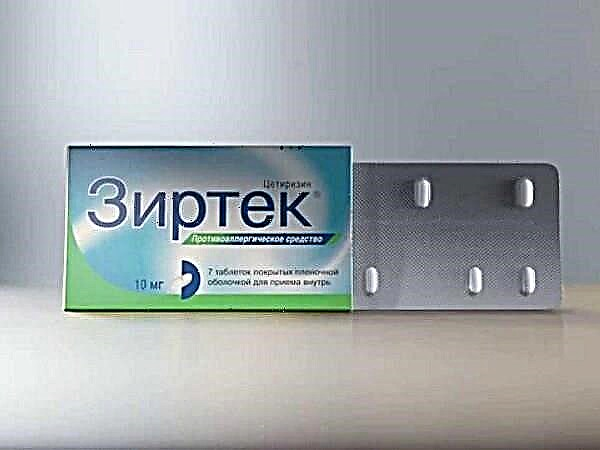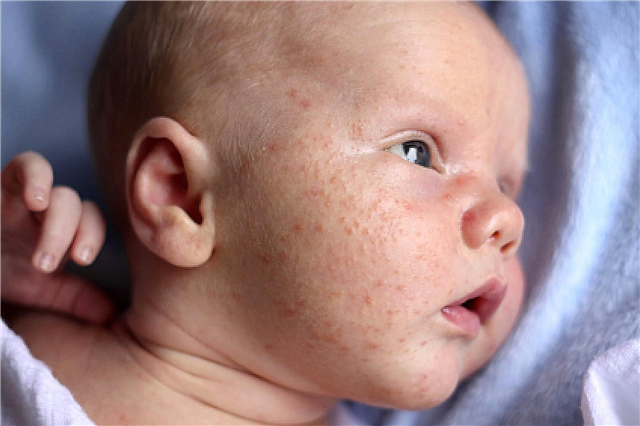Your baby is growing rapidly, and it is time for him to introduce complementary foods in the form of vegetable and fruit purees. Many moms ask questions about this store product. So what worries moms?

Question # 1. Can store-bought puree be better than homemade puree?
The answer to this question depends on what products you will be making mashed potatoes from at home. If vegetables and fruits grown in a country house, which is located in an environmentally unfavorable area, are used, then the baby is unlikely to benefit from such mashed potatoes. If products for cooking are purchased on the market, they also cannot be confidently called useful, because you do not know how they were grown, how they were processed, what chemistry they were watered with. Puree from the store, produced by well-known companies, is subject to quality control at several levels.
If we talk about saving the family budget, as well as about time costs, then each family decides for itself.
Question No. 2. Is an expensive puree always better than a cheap one?
A wide range of vegetable and fruit purees is presented on the shelves. And the price is different. Applesauce from one manufacturer costs 35 rubles, another - 95. Which product to choose? You don’t regret any money for the crumbs, if only there is benefit.
However, the buyer should remember that the price is influenced not only by the quality of the product, but many other factors. Packaging: mashed potatoes in a jar will be more expensive than in a cardboard box. If the jar has an original design, then the price will increase even more. Product advertising costs are also included in the price. The more a product is advertised at different levels (television, press), the more expensive it is, because the manufacturer needs to recoup the investment. Transportation of products: mashed potatoes from a foreign manufacturer will be more expensive than domestic ones. Therefore, when purchasing a product, you should pay attention primarily not to the price, but to its composition, date of manufacture, and take into account the baby's taste preferences. Summary: More expensive isn't always better.
Question number 3. What composition of puree is best for the crumbs?
Puree for children can be made from one component or consist of several.
Vegetable puree
The first vegetables that need to be given to the child are zucchini, cauliflower, broccoli. Green vegetables are less likely to cause allergic reactions. However, you should be careful here too. If the crumb suffers from colic, gas, then cabbage puree can aggravate the situation. Cabbage often causes gas.

When green vegetables are mastered, you can try carrot and pumpkin puree. And only after that - potato, as it most of all causes manifestations of allergies due to the high content of starch.
Fruit
Fruit puree is introduced into the baby's diet after vegetable puree. You should start with pears and apples, which are low-allergenic. Banana and apricot also rarely provoke the development of allergies. Peach, however, can cause allergic dermatitis. There is a rule: first, puree from fruits that grow in the area where the baby lives is introduced into complementary foods. And only after that, you can offer the crumbs exotic fruits (preferably after a year).
Berry
Any berries in the child's diet should be introduced very carefully, as they can provoke the development of serious allergic reactions. The safest in this regard is black currant. If the child does not have any negative reactions to this berry, then blueberries, blackberries, gooseberries can be introduced. Raspberries and strawberries are the most allergenic berries, so it is recommended to give them to the baby when he is 1 year old.
Meat
Meat puree can be given to babies from 6-8 months. First, introduce the crumbs to rabbit and turkey puree, which are low-fat varieties. After that, chicken, beef and pork are introduced.
Rybnoe
Fish puree is the most allergenic. It can be introduced into the children's diet after a year. In the event that the child had any manifestations of allergies, you must first consult with a pediatrician. It is recommended to purchase low-fat sea fish puree: pollock, hake, cod.
One-component and multi-component puree
One component consists of one product. This type of puree should be introduced into complementary foods in the first place, as it will be easier to identify the manifestation of allergies.
A multicomponent puree consists of several products. For example, meat with vegetables or cereals, berry and fruit combinations, fruits and berries with the addition of cream and milk. It is recommended to give this type of puree after the baby has already tried many types of puree, consisting of one ingredient. It is best to introduce multicomponent puree after 1 year.
Question number 4. What should you look for when buying?
In order for complementary foods to bring only benefits to the child, it is necessary to be able to choose the right products in the store. What should be considered?

- The composition of the puree. Good quality purees include vegetables or fruit and water. Nothing more! Salt, sugar, thickeners, and vitamin supplements should not be included.
- Shelf life. High-quality puree for children has a shelf life of 2 years. If it contains milk or cream, then the shelf life is reduced. The date of manufacture and expiration date must be indicated on the label. Never purchase expired (albeit not much) products. If the jar of puree is opened, then it should be stored in the refrigerator for no more than 24 hours.
- Baby's age. When purchasing puree, be careful: it must be suitable for your child in age. The manufacturer makes the following marks on the packaging: “+4”, “+6”, etc. The figure corresponds to the month of the baby's life.
- Important information on the packaging. If the label says “Recommended by the Research Institute of Nutrition of the Russian Academy of Medical Sciences,” then you can safely purchase this puree for your baby. Such products are safe and of high quality. On the packaging there is information about the degree of crushing of the puree. Homogenized it is better to purchase for crumbs from 4 to 6 months; puree - for babies from 7 to 9 months; coarsely suitable for children from 9 months.
Question No. 5. Which packaging is better: can, cardboard or spider?
It is impossible to answer unequivocally. The undoubted plus of cans is environmental friendliness and safety. If the puree is spoiled, you will immediately understand this by the characteristic lack of cotton when opening. It is easier to see the appearance of the puree through the glass jar. But during transportation, the glass may crack and the puree will be spoiled. Puree in a cardboard package cannot break, but such a container is easily wrinkled and damaged. It is good to take pouches with a screw cap for a walk so that the baby can have a snack when he already knows how to hold the packaging on his own. The choice is yours.
Dr. Antsiferova - How to choose baby puree?
Dr. Elena Antsiferova tells how to choose the right baby puree for a child for a young mother:



